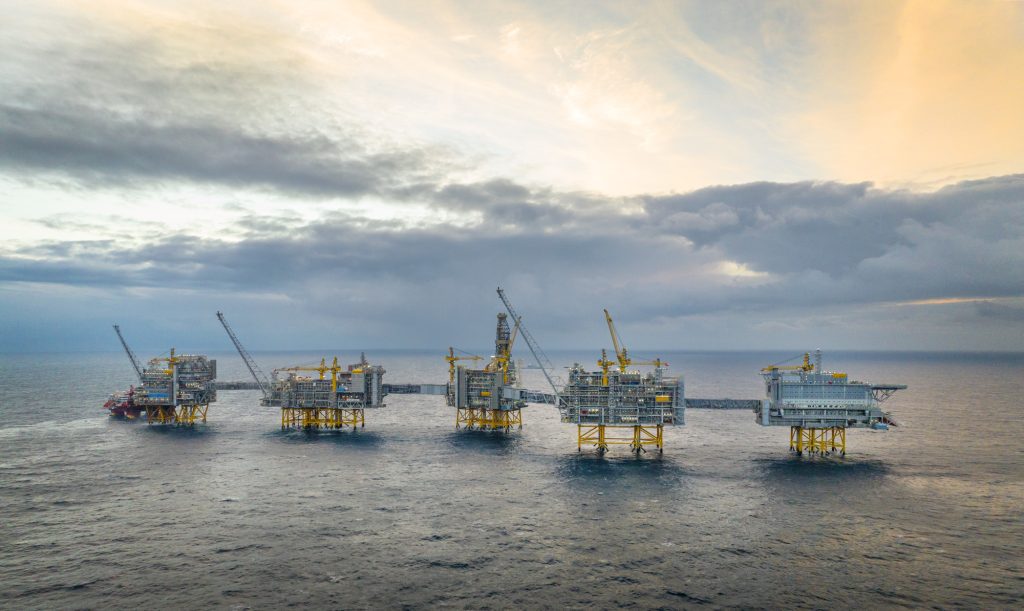
High accuracy temperature measurement is crucial in all stages of production, from initial extraction all the way to final distribution. This article describes the challenges in the Johan Sverdrup oil field in the North Sea. It then goes on to explain how latest instrumentation technology supports Equinor through reliable temperature monitoring.
by ABB & Equinor
Robust and reliable temperature measurement for offshore conditions
Temperature is one of the most fundamental and essential measurements in the oil and other process industries. It is vital for both safety and efficiency of operations. Monitoring and controlling upstream oil and gas processes with robust and reliable temperature measurement is crucial for operators.

In wellhead applications, the mixture of oil, water, and gas flowing at high speed makes the use of conventional invasive thermowell measurements difficult. Given the importance of temperature, operators resort to using clamp-on temperature transmitters to measure pipe temperature as a proxy for process temperature. However, under the challenging ambient conditions at offshore locations these measurements can be subject to unpredictable errors.

A comprehensive study and evaluation by Equinor on their Johan Sverdrup oil platform highlighted the extent of these errors in typical applications. Comparisons between invasive and conventional clamp-on temperature measurements showed that the latter is affected by factors. These were wind speed, the amount and type of thermal insulation, and the design of the clamp-on sensor.
This resulted in deviations of up to 10°C with typical process temperatures of 65°C.
Stable clamp-on temperature measurement
The team at Equinor looked for a stable clamp-on temperature sensor. It had to deliver reliable temperature measurement in the challenging offshore conditions of the North Sea.
Equinor carried out tests with the non-invasive NINVA clamp-on temperature sensor. The results were then compared with invasive measurement solutions in the field under long-term conditions.
First, the team estimated the expected difference between the surface temperature of the pipes and the process temperature at the process location. They used ABB’s performance prediction program and recognized that the difference was minimal, even under difficult conditions. Equinor installed NINVA and monitored it for about six months during the winter period. The measurement was taken on a large diameter pipe using ABB’s non-invasive, remote mounted TSP341-N sensor connected to a TTF300 field transmitter.
NINVA measured the surface temperature of the pipe accurately and achieved the predicted performance. This was done using a dual sensor tip and a proprietary approach to compensate for typical errors of conventional surface sensors. The deviation between the invasive and non-invasive measurements was between 0.8 and 1.5°C under nominal process conditions, regardless of weather conditions. During the test, engineers used 10 cm of insulation over the sensor, covering an area of approximately 0.5 meters in each direction.

“We observed that with wind from the north or south, above a certain wind speed, the deviation increased up to 10°C in worst conditions. We could see that the wind tunnel between the first and second stage separators led to an external cooling of the piping.”
Equinor

“With NINVA, we see a stable, plug-and-play clamp-on temperature measurement solution that can be used to infer the process temperature in some of our challenging applications.”
Equinor
Innovative engineering, dependable temperature measurement
NINVA offers a safer and simpler approach to temperature measurements. The sensor eliminates the costs and risks of installing an invasive thermowell. It is SIL2 certified, so it can be used in applications where safety is paramount.

